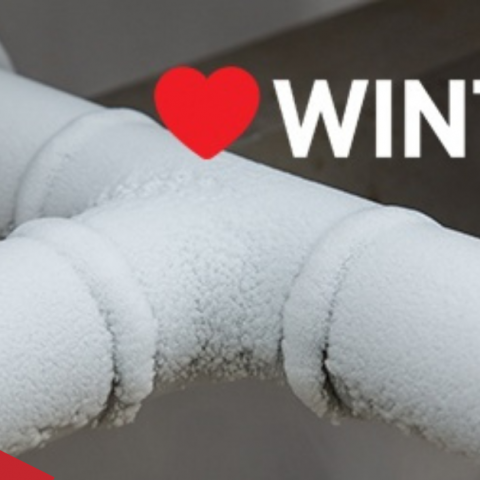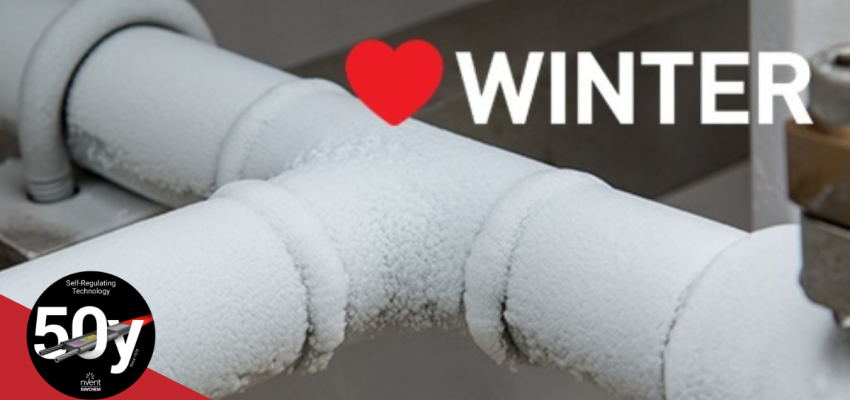In 1972, the Raychem Corporation (now a part of nVent) patented and launched the world’s first self-regulating heating cable. Since then, the company has sold and installed over 1.8 billion feet (550,000 km) of self-regulating heating cable all over the world!
Self regulating heating cables are used to efficiently and safely apply heat for safety, process maintenance, comfort and more. They offer protection against burst water pipes, frozen roofs and gutters, ice and snow formation on ramps, stairways and walkways, and a myriad of other applications. For residential and commercial buildings, the use of these systems provides a reliable and long-term solution to costly damage or operational disturbances. But how do they work?
When Do You Need Self Regulating Heating Cables?
Despite being a useful method to counter ice damage, thermal insulation alone can’t offer total protection against freeze damage to piping. And, pipes aren’t the only things that need to be protected during Winter, as cold weather can also affect drains, sewers, roofs, gutters, walkways, driveways, and more.
There are alternatives. But many of them don’t offer the energy efficiency, safety, ease of installation, and maintenance-free operation of self-regulating cables.
A self-regulating system protects buildings against the hazards of cold weather while offering many other benefits.
How Do Self Regulating Heating Cables Work?
Self regulating systems work by:
- Attaching the heating cable directly to the area that requires protection
- When the cable is energized, the conductive core produces heat.
- As the ambient temperature drops, the conductive core contracts microscopically, increasing its conductivity and its heat output.
- As the ambient temperature increases, the conductive core expands microscopically, reducing its conductivity and its heat output.
The self-regulating nature of the cable makes it an energy-efficient option because power consumption is reduced when less heat is required.
This feature also increases the safety and longevity of the cable and makes installation easier. If a self-regulating cable crosses over itself, its ability to react to ambient temperature ensures it won’t overheat and burn out.
Why Should You Consider Self Regulating Systems?
During winter, ice can cause many dangerous situations in buildings.
- Many icicles have fallen from gutters, causing serious injuries to people below.
- If temperatures rise during the day, the meltwater cannot run off through drains and will spill over courtyards and walkways. When it refreezes at night, it can produce a dangerously icy surface.
- Ice can cause damage to gutters and drains. A malfunctioning roof draining system poses risks to the building itself, especially to the roof and facade.
- Frozen pipes disrupt the water supply and they can burst, leading to damage, unsafe conditions, and costly repairs.
- Ice and snow on exterior surfaces can be hazardous for pedestrians and vehicles.
Self-regulating technology is designed for a variety of applications in residential and commercial buildings.
Add all of this together, and it’s easy to see that winter damage to buildings can be avoided while reducing operating costs thanks to the functionality and versatility of self-regulating freeze protection systems.
Watch this video to learn more about how self-regulating heat tracing technology works:


